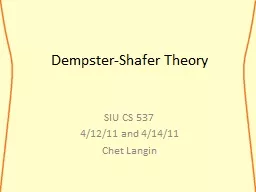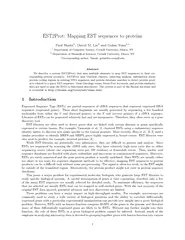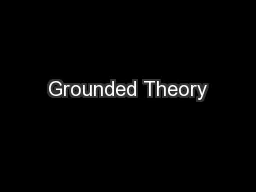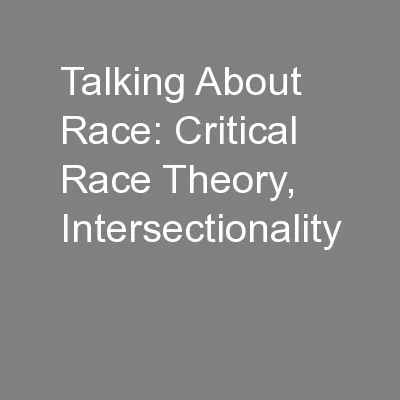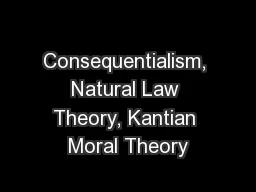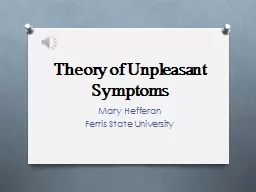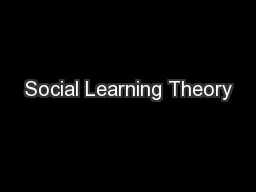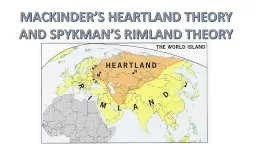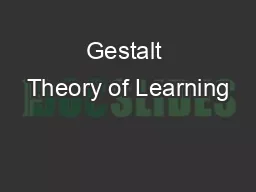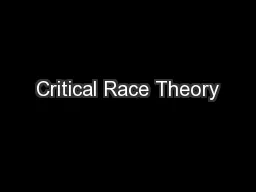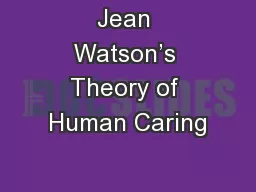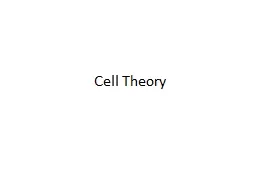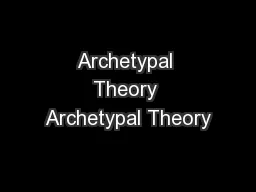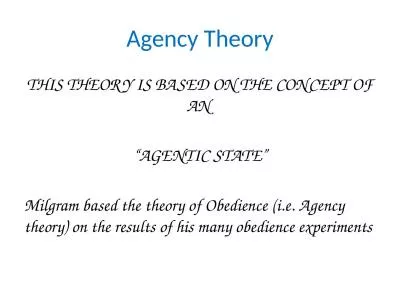PPT-Dempster-Shafer Theory
Author : lindy-dunigan | Published Date : 2017-08-03
SIU CS 537 41211 and 41411 Chet Langin Dempster A P 1967 Upper and Lower Probabilities Induced by a Multivalued Mapping The Annals of Mathematical Statistics
Presentation Embed Code
Download Presentation
Download Presentation The PPT/PDF document "Dempster-Shafer Theory" is the property of its rightful owner. Permission is granted to download and print the materials on this website for personal, non-commercial use only, and to display it on your personal computer provided you do not modify the materials and that you retain all copyright notices contained in the materials. By downloading content from our website, you accept the terms of this agreement.
Dempster-Shafer Theory: Transcript
Download Rules Of Document
"Dempster-Shafer Theory"The content belongs to its owner. You may download and print it for personal use, without modification, and keep all copyright notices. By downloading, you agree to these terms.
Related Documents

